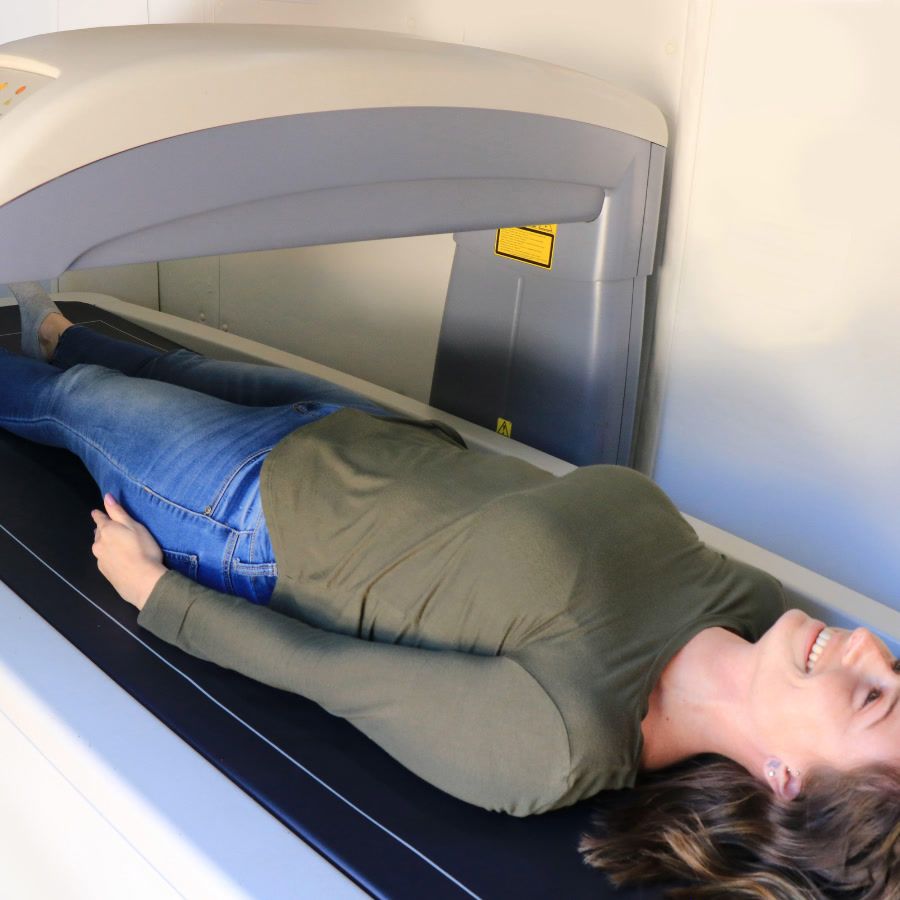Hashimoto Weight Loss: A Science-Backed Guide

Hashimoto Weight Loss: A Science-Backed Guide
Living with Hashimoto’s can make every calorie feel heavier than it should. You’re not imagining it. The autoimmune attack on your thyroid slows metabolism, so pounds cling where they once slid off. That slowdown turns Hashimoto weight loss into a unique challenge.
This guide cuts through the noise with evidence-based strategies you can implement today. We’ll cover targeted nutrition, smart lifestyle tweaks, and reliable ways to track real progress beyond the bathroom scale.
How Hashimoto's Affects Your Weight and Metabolism
Your thyroid gland produces hormones that act as the master regulator of your body's metabolism. When it's underactive (a state called hypothyroidism), as is common with Hashimoto's, your entire system slows down.
According to the Cleveland Clinic, this metabolic slowdown can lead to symptoms that directly and indirectly promote weight gain:
- Lower Resting Metabolic Rate (RMR): Your body burns fewer calories at rest, meaning your previous "maintenance" calorie level may now lead to weight gain.
- Fatigue and Low Energy: Feeling exhausted makes it difficult to stay active and motivated to exercise.
- Constipation: A slower digestive system can contribute to bloating and discomfort.
- Water Retention: Fluctuations in thyroid hormones can cause the body to hold onto excess fluid, making you feel puffy and adding pounds on the scale.
Systemic inflammation tied to Hashimoto’s is also linked to insulin resistance, which makes it tougher for your body to tap fat stores for fuel (Journal of Clinical Medicine, 2021).
The Hashimoto's Weight Loss Diet: More Than Just Calories
While a calorie deficit is the foundation of fat loss, the quality of your food is equally critical when a sluggish thyroid is a factor. Focus on foods that:
- Reduce systemic inflammation.
- Supply key micronutrients for healthy thyroid hormone production.
- Help you identify and remove personal trigger foods.
The Foundation: An Anti-Inflammatory, Nutrient-Dense Plate
Build every meal around whole, minimally processed ingredients:

- Lean Proteins: Chicken, fish, eggs, and lean beef.
- Colorful Vegetables: Leafy greens, broccoli, bell peppers, and sweet potatoes.
- Low-Sugar Fruits: Berries, apples, and pears.
- Healthy Fats: Avocado, olive oil, nuts, and seeds.
Uncovering Personal Triggers With an Elimination Diet
A 2021 study in the Journal of Clinical Medicine followed women with Hashimoto’s who used food-sensitivity testing to design personalized elimination diets. Compared with a standard calorie-reduced plan, the individualized approach led to bigger drops in weight, TSH, and thyroid antibodies.
After six months, the tailored elimination group experienced:
- Greater reductions in body weight and body-fat percentage.
- A significant drop in TSH.
- Lower levels of thyroid antibodies.
Those participants removed foods flagged by their tests—not a one-size-fits-all list.
For a practical starting point, major health organizations like the Cleveland Clinic note that elimination diets often begin by excluding common triggers (such as gluten, dairy, and soy) under professional guidance. A typical protocol involves about 30 days of exclusion followed by a stepwise reintroduction of each food group while monitoring symptoms and metrics.

Key Micronutrients for Thyroid Support

- Selenium: Protects thyroid tissue and aids hormone conversion. Just 2–3 Brazil nuts a day cover your needs.
- Zinc: Supports TSH production. Find it in oysters, beef, and pumpkin seeds.
- Vitamin D: Critical for immune regulation; deficiency is common in Hashimoto’s. Safe sun exposure, fatty fish, or doctor-guided supplementation helps.
Beyond Diet: Lifestyle Strategies That Move the Needle
Smart Exercise for a Sluggish Metabolism
- Strength Train 2–3× Weekly: More muscle raises RMR, helping offset thyroid-related slowdowns. This forms the backbone of body recomposition.
- Low-Impact Movement Daily: Walks, swimming, or yoga burn calories and tame stress without draining limited energy reserves.
Prioritize Restorative Recovery
- Sleep 7–9 Hours: Short sleep boosts hunger hormones and cortisol.
- Manage Stress: Deep breathing, journaling, or short meditations lower cortisol, which otherwise signals the body to store belly fat.

GLP-1 Medications: A New Tool in the Toolbox
Injectable GLP-1 receptor agonists such as semaglutide (Ozempic, Wegovy) have shown significant weight-loss effects. In the 2021 STEP 1 trial, participants lost an average of 14.9 % of body weight over 68 weeks alongside lifestyle changes.
These drugs aren’t Hashimoto-specific, but if you also struggle with obesity or insulin resistance, they might complement your plan. Discuss risks, benefits, and insurance coverage with your healthcare provider.
Beyond the Scale: Track What Really Changes
Water weight and new muscle can mask fat loss on the scale. A DEXA scan goes deeper, quantifying:
- Fat Mass in pounds and regional detail.
- Lean Mass so you know if strength training is paying off.
- Visceral Fat around organs—a critical health metric. Learn more about visceral fat.
Schedule scans every 3–6 months to verify progress and adjust macros or workouts accordingly.
Your First-Week Action Plan
- Audit Your Pantry: Start by replacing ultra-processed foods with whole-food alternatives.
- Shop Smart: On your next grocery run, focus on proteins, colorful produce, and healthy fats.
- Set a Movement Goal: For example, aim for three 30-minute walks plus two brief body-weight strength sessions during the week.
- Protect Sleep: Create a wind-down routine that helps you log 7 or more hours of rest each night.
- Book a Baseline DEXA Scan to establish your true starting point.
Hashimoto weight loss isn’t fast, but it is possible. Combine nutrient-dense eating, muscle-building movement, stress management, and objective tracking, and you’ll finally see the scale—and your lab results—shift in the right direction.
Disclaimer: This article is for educational purposes only and is not a substitute for professional medical advice. Always consult a qualified healthcare provider before making changes to your diet, exercise routine, or medication regimen.


